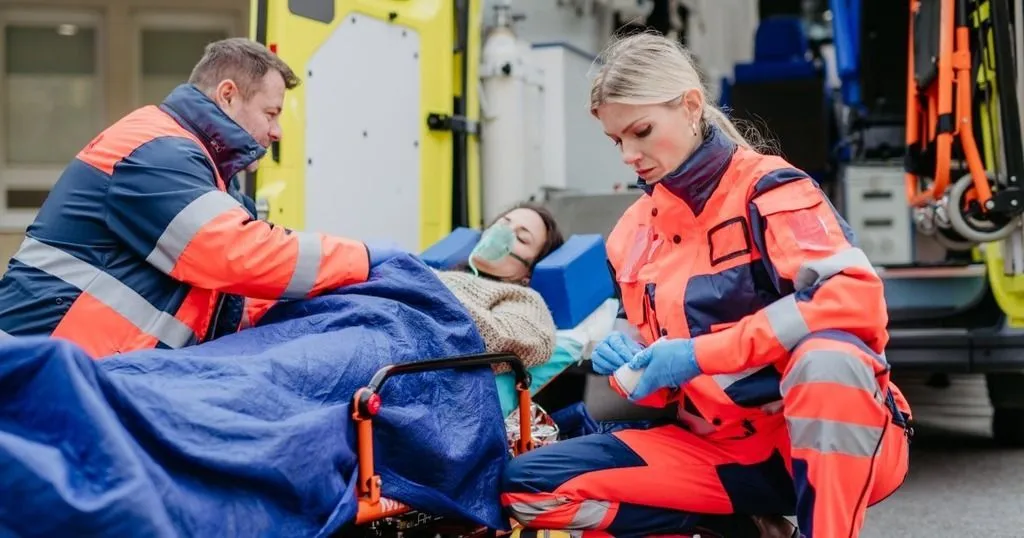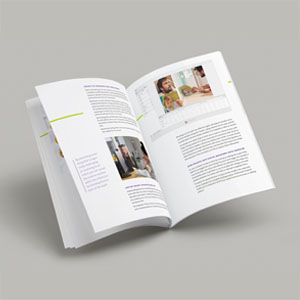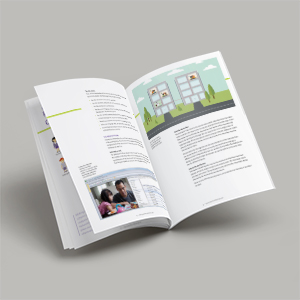5 examples of research on adolescence

On this blog, we’ve dedicated a number of posts to recent projects on adolescence? Check out five examples below!
Posted by
Published on
Tue 02 Sep. 2014
A couple of months ago, the Biennial Meeting of the Society for Research on Adolescence attracted many researchers from all over the world, all interested in adolescent behavior. On this blog, we’ve dedicated a number of posts to recent projects (educational research, research on adolescence). Interested? Check out five examples below!
5 examples of research on adolescence
1) Adolescent Motherhood – observing mother-infant behavior
Current research from Prof. Cristina Riva Crugnola, University of Milano-Bicocca tells us that adolescent mothers as well as their babies (vs. adult mother and infant interactions) spent more time in negative engagement, meaning that the mothers showed more pushy behaviors towards the infant, even hostility. The infant also showed more negative behaviors, such as protesting with expressions of anger and crying.
Riva Crugnola and colleagues state that it is important to train skills and competence in adolescent mother-infant interaction by setting up prevention programs. Young mothers should be supported in learning how to be a mother and regulating emotions (in particular, negative ones). Also, timing is everything - the researchers explain that it is also important to start preventive intervention in the first months of life. Read more.
2) Observe police interrogations – research on adolescence
Cleary and Vidal state that more and better data about juvenile behavior and decision-making during police interrogation would greatly inform the public discourse in research, law, and policy pertaining to police interviewing of youth. So in this recent study, interrogations with adolescent suspects were described. Read more.
3) Behavior predicts success of family-based treatment in anorexia
Alison Darcy and colleagues from the Stanford University School of Medicine and The University of Chicago presented their study in Behaviour Research and Therapy. They examined family-based treatment (FBT): Do behaviors shown in the first sessions of family-based treatment predict early response to treatment? In this case, early response means weight gain of 1.8 kg by session four.
The authors chose to focus on behaviors that differed between early responders and non-early responders because, as is the case with many disorders, among the strongest predictors of positive long-term outcome in FBT is early response to treatment. Read more.
4) How to observe adolescents in a classroom
Recently, Wolfe and colleagues evaluated a classroom-based healthy relationship program that discussed skills for navigating challenging peer and dating scenarios. Wolfe et al. used Behavioral Role Play to evaluate the effectiveness of the skills taught in the intervention program. To capture all responses, they recorded the interactions on video and coded the videos in detail afterwards.
In order to assemble information about the interactions, Wolfe et al. developed a coding scheme of the following behaviors: delay, refusal, negotiation, yielding, and compliance. Read more.
5) Why classroom observation matters
The authors of the Associate Editor's Column in the Journal of Special Education Technology, Dave Edyburn and James Basham, recognize the ongoing interest in observational data collection systems. As a result, they have highlighted four software products as forerunners in this field. Edyburn and Basham explain that it has always been a challenge to collect data in a classroom, and claim that simple recording systems are necessary so that researchers do not miss any new developments.
Please read about the Observer XT to learn more about collecting and coding observational data.
Related Posts
![10 reasons why AV tool Viso is beneficial for video feedback [INFOGRAPHIC]](https://mescalero.noldus.com/storage/core-blog/viso-tool-for-effective-video-feedback-1652087336.webp)
10 reasons why AV tool Viso is beneficial for video feedback [INFOGRAPHIC]

How stress and emotions can affect performance



